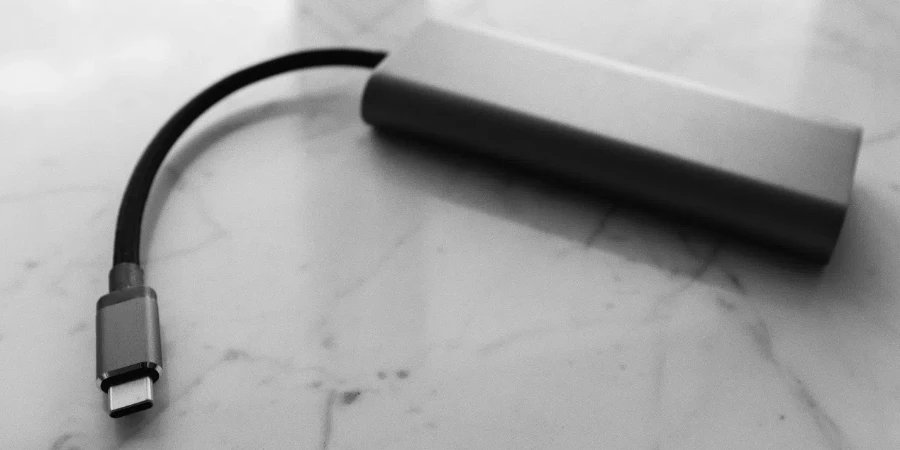Since it is vital to stay connected and being online on portable devices these days, the powerbank charger has become an essential device. This article will discuss some critical aspects of the power bank charger. Some examples include knowing the capacity and what device suits this power bank, what technology is involved in it, and what to choose to get the best experience from this companion.
Table of Contents:
– Understanding power bank capacity and your needs
– Compatibility and connectivity options
– The evolution of charging technology in power banks
– Safety features to consider in power bank chargers
– How to maintain your power bank for longevity
Understanding power bank capacity and your needs
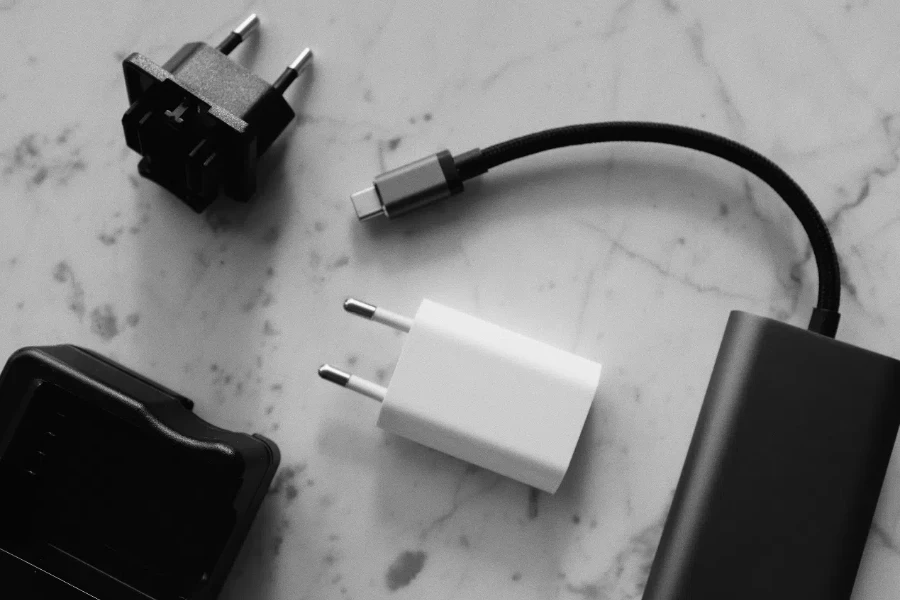
If you can only read one section and apply only one tip when it comes to power bank chargers, this is it: it all boils down to capacity. What good is a high capacity power bank charger, if your device needs a higher capacity but you have the wrong charger? If you have no clue about how to match your device, determine its battery size and the number of mAh your device’s battery holds so you can identify the type of power bank that can charge it.
In addition, there’s power bank efficiency: not all the power stored in a power bank is entirely usable on your device. It’s not uncommon for merely half the capacitor’s charge to be delivered to your smartphone. Energy is lost as heat and while converting the voltage until it is compatible. We’ll give you the lowdown on how to read efficiency figures and how to translate them into charging needs.
Next, think about just how many devices you want the charger to be able to power up at once. While all power banks have at least one port for you to connect a cable to, some have three or more. We’ll help you choose a power bank that works for your lifestyle, whether you’re a solo user or a tech-savvy family who needs to keep multiple gadgets powered up at once.
Compatibility and connectivity options
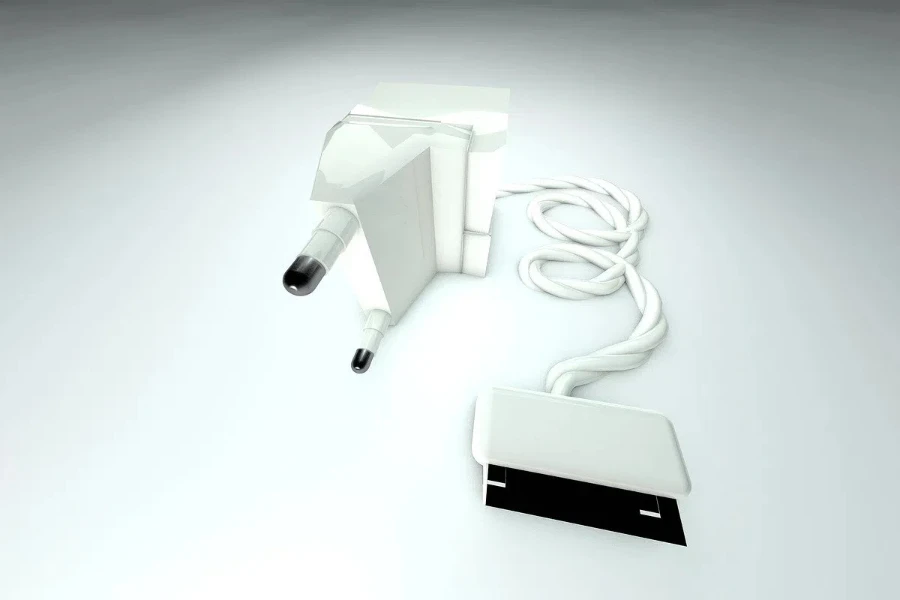
However, the second important thing is the compatibility. All power banks are not the same, neither are all the devices you possibly want to charge with it. Again, this is an important trait given by the users of our Quality Detail page. Sometimes, wanting to use your power bank with an Android or an iPhone can make it undesirable to use with your MacBook, for example, and vice-versa. Tons of different devices to take into account, and everyone has its own preferences and criteria.
Connectivity options are another important matter – there are now so many different ways of connecting devices together (USB-A, USB-C, Micro-USB, wireless charging, and all comboed up) that it’s useful to know what inputs and outputs a power bank offers so you can make sure it fits your needs. We’ll take a look at what the different connection types offer and what to look for to make sure your power bank is up to the task of charging your devices.
Also, the arrival of fast-charging has brought about some changes in the power-bank landscape. Not all power banks have fast charging, and it’s not available on all devices. We are going to show you how to make sure your device supports fast charging and that the power bank you buy can deliver it, so that you get to spend less time plugged in.
The evolution of charging technology in power banks

The charging process in power banks has made dramatic innovations as well, a point that we cover here. You’ll learn about the newest developments, such as GaN technology: smaller chargers that actually pack more of a punch without sacrificing power.
Moreover, we will have a look at how charging speeds matter. With modern devices are able to charge at higher speeds than ever before, it is vital to be sure that the power bank you choose can actually keep up. We will explain how to read the specifications and guarantee that your power bank will charge your devices at the fastest possible speed.
In the end, the application of smart technology on the power bank is a widely seen feature, and it not only makes the operation more comfortable but also ensure the product safety for the products.
Temperature control
The temperature control feature is especially essential for the power bank because its safety is majorly associated with temperature. The automatic temperature will control the heat when the power bank is being charged or when it is turned on, this will give a sense of security to the user.
Automatic device detection
Nowadays, many ultra compact power banks are equipped with an auto device detection feature. When the power bank senses that there is a device nearby, it will detects it automatically and motivates the user to power on the device. This is a very commendable feature because it eases the hustle of searching for that suitable device socket.
Optimised charging path for a wide range of electronics
The optimisation of a charging path for a wide range of electronics is another feature of the smart power bank. When the power bank is turned on, it detects the type of device that is been power and automatically set up an optimised charging path that will be efficient and appropriate for that type of the device.
Safety features to consider in power bank chargers
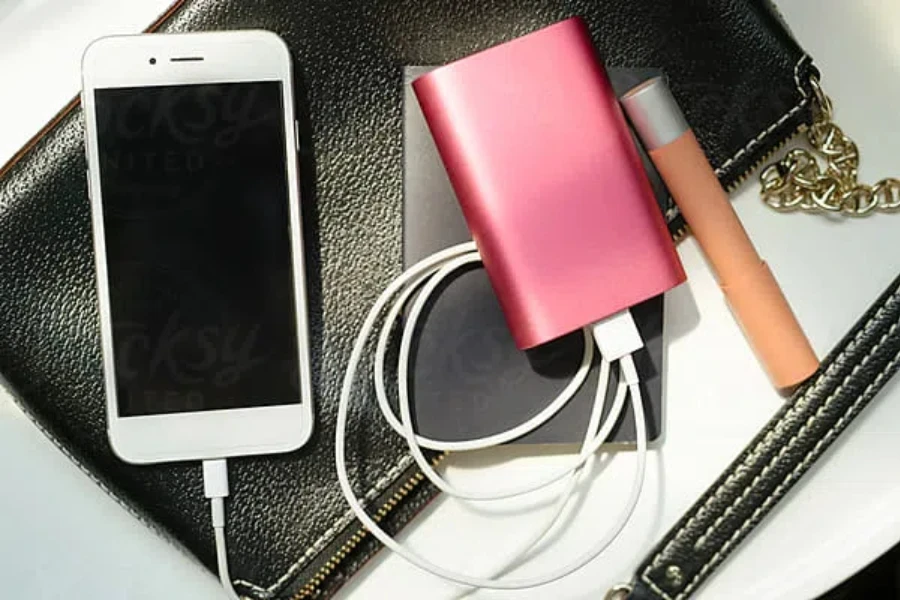
Devices for storing and transferring electrical energy, such as a power bank charger, must prioritise safety above all else. This article will detail the safety features one must look for when buying a power bank charger. Overcharge protection: This feature prevents the battery from being charged above its capacity. For example, if the battery capacity is 20000mAh, then overcharge protection prevents the battery from charging more than that. Short-circuit protection: This feature prevents the discharge of power out of the revised device when there is a short-circuit. Temperature control: This feature prevents the battery from heating up in high temperatures and low temperatures.
In addition, we will examine how choosing a power bank with certification on safety standards is vital . Certifications are clear labels that show whether or not a power bank has been through a rigorous and comprehensive testing process by companies such as UL, CE and FCC, which measure a power bank’s ability to perform in a safe and efficient manner. We will discuss what these certifications mean and why they are important in choosing a power bank.
Finally, the design and build of the power bank will play a role in its safety and its long-term reliability. We’re going to examine how you can determine the quality of the build of a power bank and which materials will be used in the construction that will make it last and be safe.
How to maintain your power bank for longevity
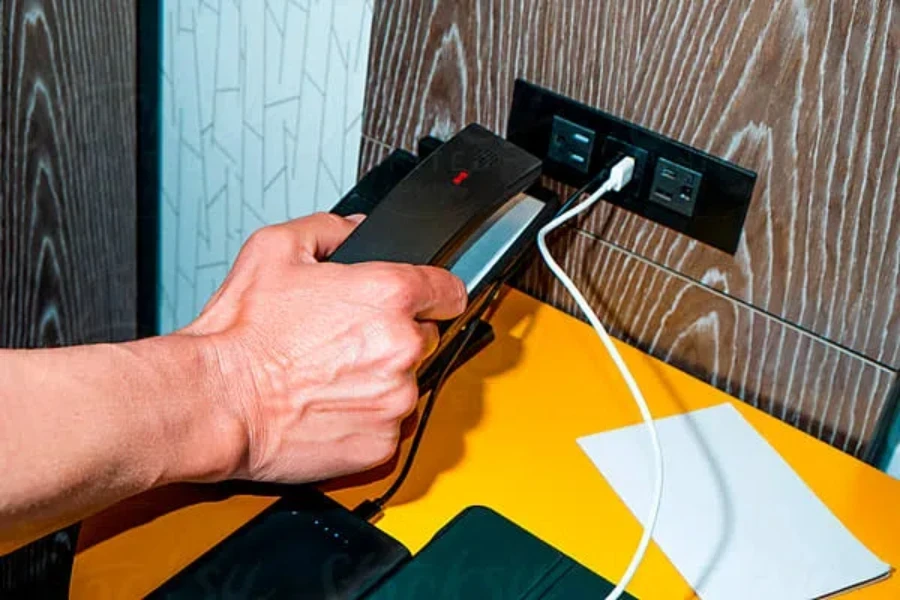
As we’ll elaborate in this section, if you want to enjoy your power bank for a long time, you need to maintain and care for it regularly, which includes the best way of charging and storing it, and how to use it properly.
Finally, we will discuss cleaning and maintaining your power bank on a regular basis – the ports and connectors are a prime source of charging problems and low energy transfers, and should be kept clear of dust and debris. We will share how best to clean delicate connectors safely.
Finally, we’ll identity the tell-tale signs that it might be time to replace your power bank and identify how best to dispose of it, emphasising the importance of recycling and the issue of environmental sustainability when it comes to electronic devices.
Conclusion
Decoding what capacity, compatibility, charging technology, safety features and maintenance you need from a power bank will help you to choose the right power bank that will enhance your digital life. You are not limited by your smartphone’s battery life anymore. Stay connected to your world, wherever you go, with al the energy you need. Remember, with the different choices available in market, the right power bank is not just about capacity or fast charging. It’s about deciding the right one according to your lifestyle.
